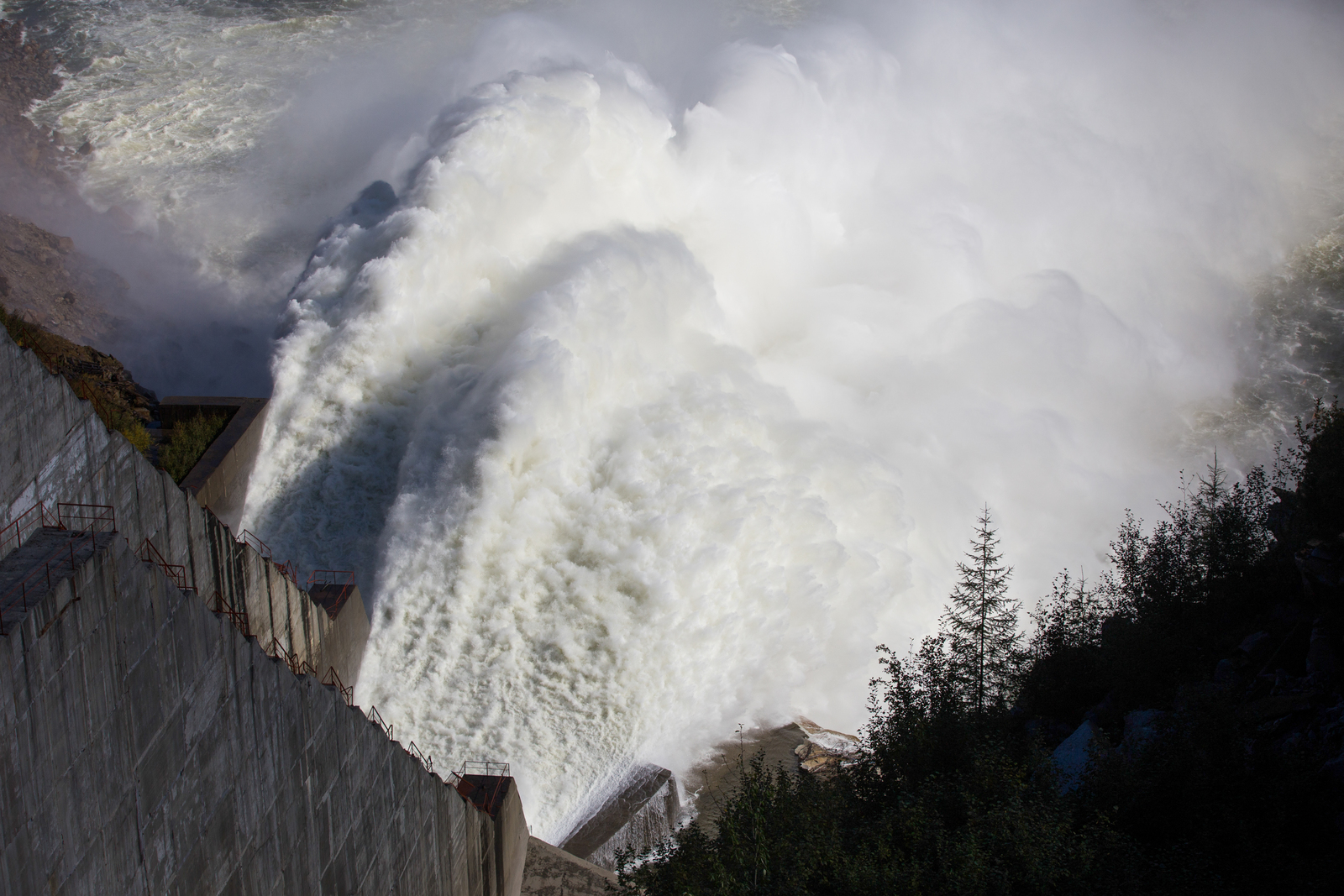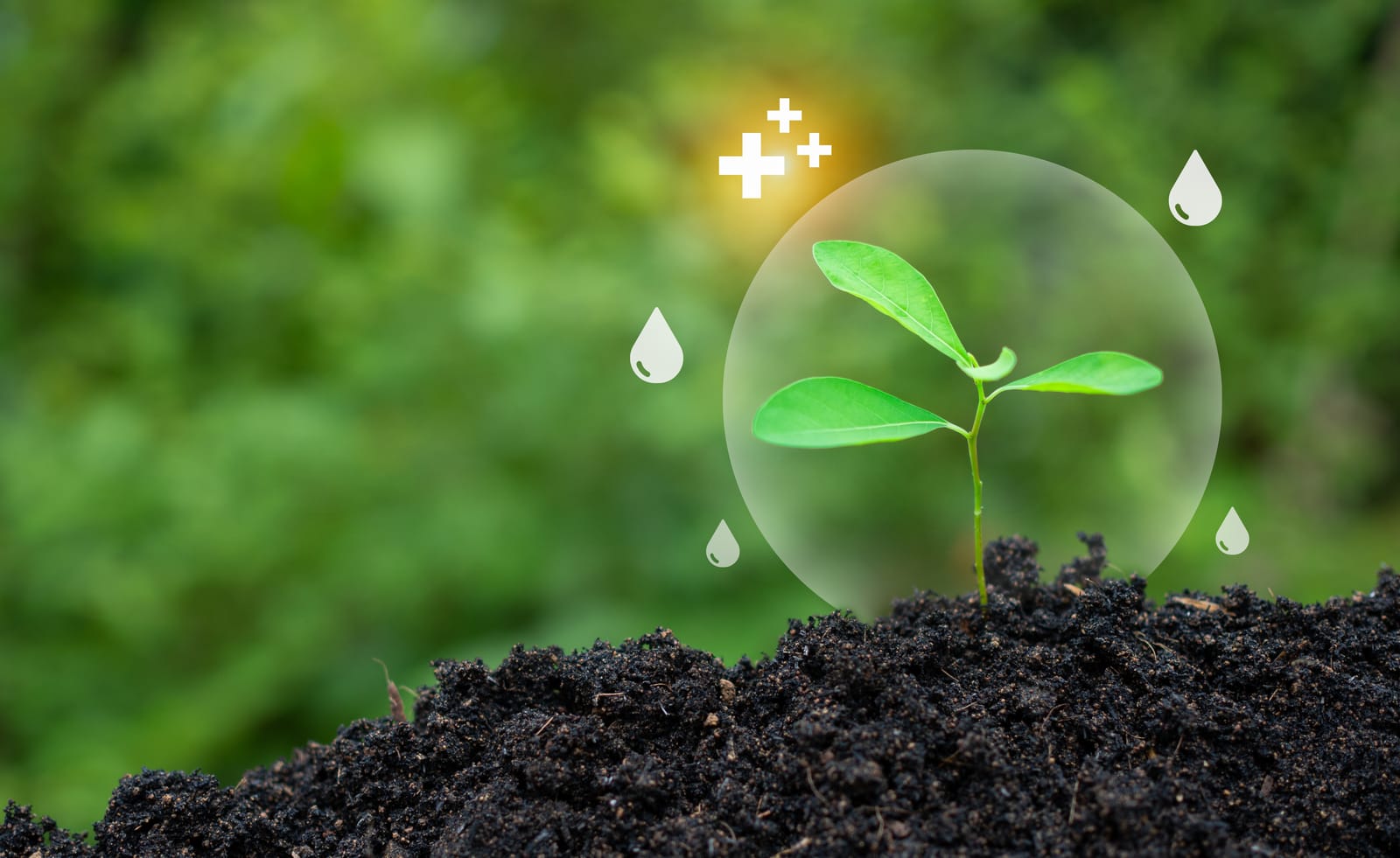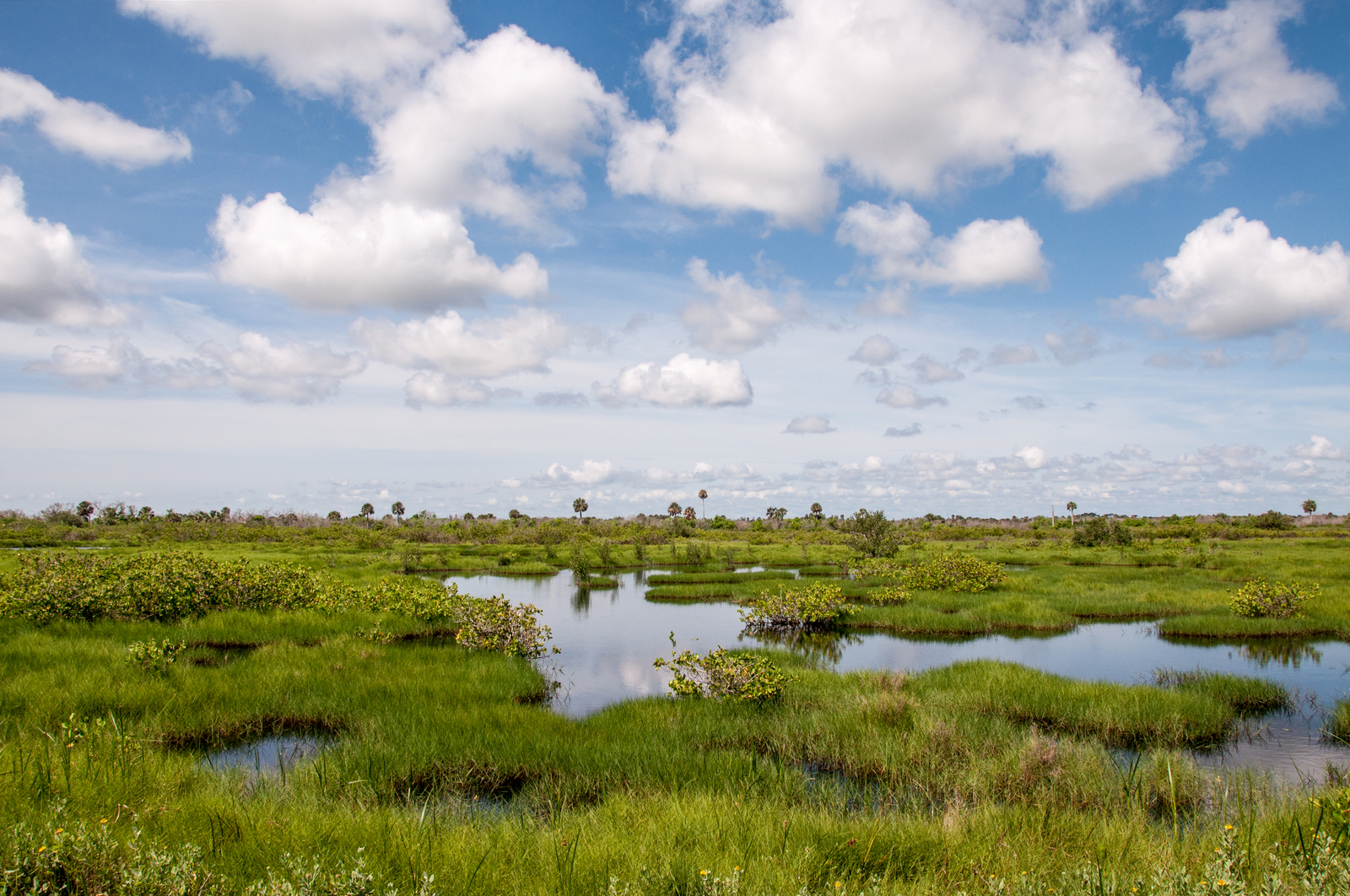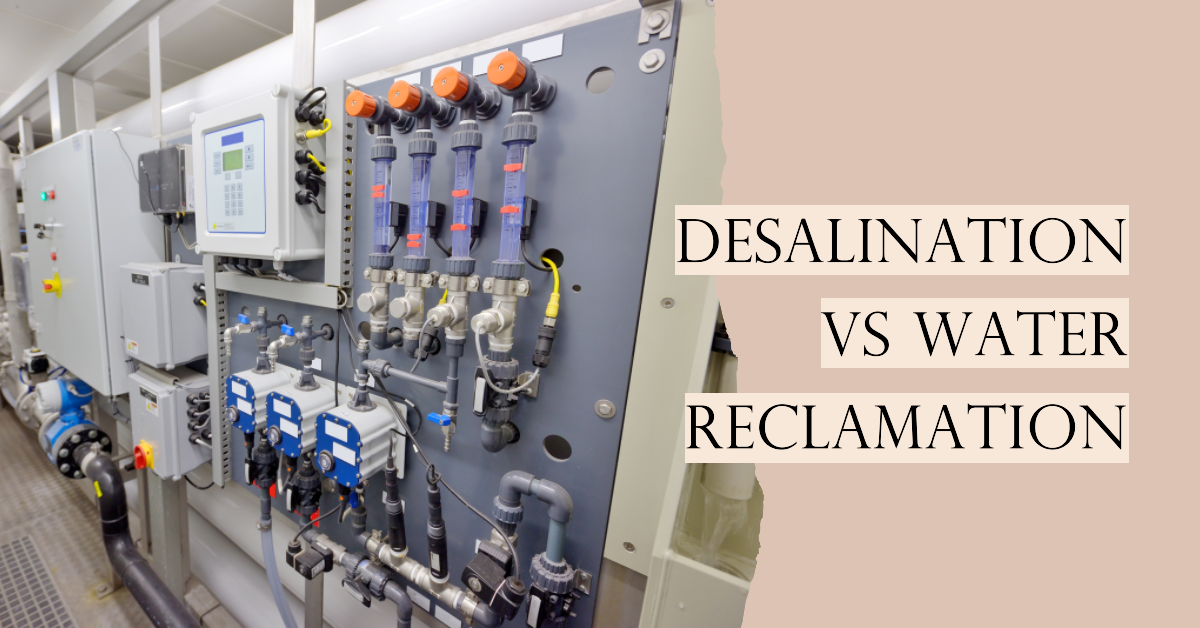Water is a fundamental resource for life on Earth, supporting various ecosystems and providing for human needs. As the global population continues to grow, the demand for water increases, raising concerns about its sustainability. In this article, we will delve into the concept of renewable resources and examine whether water falls under this category. By understanding the factors affecting the renewability of water, the impact of human activities, and the importance of conservation, we can gain insights into the future of water sustainability and the need for proactive management.
Understanding renewable resources
Renewable resources are those that can be naturally replenished or restored within a reasonable timeframe. They are considered sustainable because their usage does not deplete their availability for future generations. Examples of renewable resources include solar energy, wind energy, and forests. These resources have the capacity to regenerate, ensuring their continuous supply.
Is water a renewable resource?
Water, often referred to as the “blue gold,” is essential for life and covers approximately 70% of the Earth’s surface. At first glance, it may seem that water is an abundant and renewable resource. After all, it constantly moves through the water cycle, transitioning from oceans and lakes to the atmosphere through evaporation, condensation, and precipitation. However, the renewability of water is not as straightforward as it may appear.
Factors affecting the renewability of water
Several factors influence the renewability of water. One crucial aspect is the availability of freshwater, which accounts for only about 2.5% of the total water on Earth. The majority of freshwater is locked in glaciers, ice caps, and underground aquifers, making it inaccessible for immediate use. Additionally, the distribution of water resources is uneven, leading to water scarcity in many regions.
Another factor affecting water renewability is the rate at which it can be naturally replenished. While the water cycle ensures a continuous flow of water, it does not guarantee an immediate replacement of water in a specific location. Some areas may experience prolonged droughts, resulting in diminished water supplies. Climate change exacerbates this issue, leading to more frequent and severe droughts in certain regions.
The water cycle and its role in renewability
The water cycle, also known as the hydrological cycle, is a complex process that drives the movement of water on Earth. It involves various stages, including evaporation, condensation, precipitation, and runoff. This cycle plays a crucial role in maintaining the availability of water by redistributing it across different geographical locations.
During evaporation, water from oceans, lakes, and rivers turns into vapor and rises into the atmosphere. As it cools, condensation occurs, forming clouds. Eventually, the condensed water droplets combine and fall back to the Earth’s surface as precipitation, which can be in the form of rain, snow, or hail. The precipitation replenishes water bodies and infiltrates the soil, contributing to groundwater recharge. The excess water then flows into rivers and eventually reaches the oceans, where the cycle begins again.
The impact of human activities on water renewability
Human activities have a significant impact on the renewability of water. Population growth, urbanization, and industrialization contribute to increased water consumption and pollution. As more water is withdrawn for domestic, agricultural, and industrial purposes, the natural replenishment rate may not be able to keep up with the demand.
Furthermore, pollution from industrial discharges, agricultural runoff, and improper waste management degrades water quality, rendering it unsuitable for various uses. This contamination affects both surface water and groundwater, reducing the available freshwater resources. The depletion of aquifers through excessive pumping exacerbates the problem, as groundwater takes longer to recharge compared to surface water.
The importance of water conservation
Given the challenges surrounding water renewability, the importance of water conservation cannot be overstated. Conservation measures aim to reduce water wastage, promote efficient usage, and protect water resources. Individuals, communities, and industries can contribute to conservation efforts through simple practices such as fixing leaks, using water-efficient appliances, and adopting responsible irrigation methods.
Moreover, implementing water reuse and recycling systems can help alleviate the strain on freshwater resources. Treating wastewater and utilizing it for non-potable purposes, such as irrigation or industrial processes, can significantly reduce reliance on freshwater sources. These conservation strategies, coupled with public awareness and education, play a vital role in ensuring the sustainability of water.
Alternative water sources and their role in sustainability
To address water scarcity and promote sustainability, alternative water sources are increasingly being explored. These sources include desalination of seawater, rainwater harvesting, and stormwater capture. Desalination, the process of removing salt and other impurities from seawater, provides a significant opportunity for water-scarce regions to access a new supply of freshwater. However, desalination is energy-intensive and has potential environmental impacts, such as the disposal of brine byproduct.
Rainwater harvesting involves capturing and storing rainwater for later use. This practice can be implemented at individual households or on a larger scale, such as in commercial buildings or agricultural fields. By utilizing rainwater, the demand on freshwater sources can be reduced, particularly for non-potable uses like irrigation or toilet flushing.
Stormwater capture, on the other hand, focuses on collecting and storing excess surface runoff during rainfall events. This water can be redirected to recharge groundwater or used for various purposes, depending on the level of treatment. Stormwater management systems, including green infrastructure like rain gardens and permeable pavements, help mitigate flooding while replenishing water resources.
The future of water sustainability
As the global population continues to grow, and climate change poses new challenges, the future of water sustainability is uncertain. The increasing demand for water, coupled with the limited availability of freshwater resources, calls for proactive management and innovative solutions. It is crucial to prioritize sustainable practices, such as water conservation, the use of alternative water sources, and the protection of ecosystems that support water availability.
Furthermore, international cooperation and policies are essential to address water scarcity on a global scale. Sharing best practices, implementing water-sharing agreements, and investing in infrastructure can help ensure equitable access to water resources. Research and technological advancements in water treatment and desalination can also contribute to a more sustainable future.
Conclusion: Is Water A Renewable Resource ?
Water is indeed a precious resource, and its renewability is influenced by various factors. While the water cycle ensures a continuous flow of water, its availability and accessibility are not guaranteed. Human activities, population growth, and climate change pose significant challenges to water sustainability.
To overcome these challenges, proactive water management is crucial. This involves conservation efforts, the exploration of alternative water sources, and international cooperation. By adopting sustainable practices and prioritizing responsible water usage, we can secure the availability of water for future generations.
CTA: Is Water A Renewable Resource
Join the movement for water sustainability. Take action today by implementing water conservation practices in your daily life, supporting initiatives that promote alternative water sources, and advocating for responsible water management in your community. Together, we can ensure a sustainable future for our most valuable resource – water.
Frequently Asked Questions
Is water a renewable resource?
Yes, water is considered a renewable resource because it gets replenished naturally through the water cycle, including processes like evaporation, condensation, and precipitation. However, if water is consumed faster than it can be replenished, it can become a scarce resource in certain areas.
Why is water often classified as both a renewable and non-renewable resource?
While water is technically renewable due to the natural water cycle, it can function as a non-renewable resource when human consumption and pollution prevent it from being replenished at a sustainable rate.
How does the water cycle contribute to water being a renewable resource?
The water cycle plays a crucial role in renewing water supply. Through processes like evaporation, condensation, and precipitation, water is continuously cycled from the Earth’s surface to the atmosphere and back again, making it a renewable resource.
Can we run out of water?
Although the total amount of water on Earth remains constant and is continuously recycled through the water cycle, the availability of clean, fresh water can decrease due to pollution and overuse. In this sense, it’s possible to run out of usable water, even though water as a whole is a renewable resource.
What can we do to ensure water remains a renewable resource?
Conserving water, reducing pollution, implementing effective water management strategies, and investing in technologies for water treatment can help ensure that water remains a renewable resource. It is essential to use water more sustainably and responsibly to ensure its availability for future generations.



